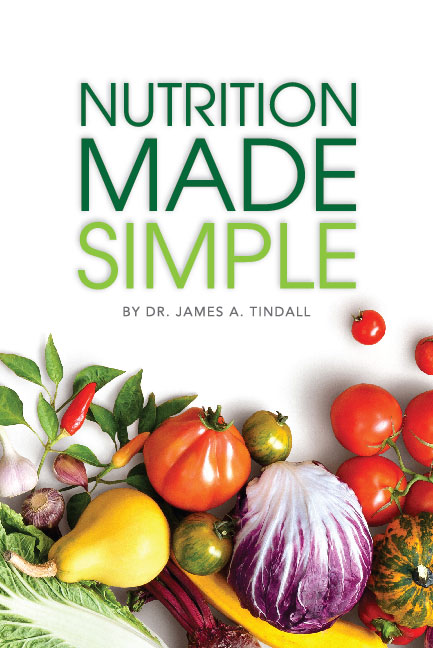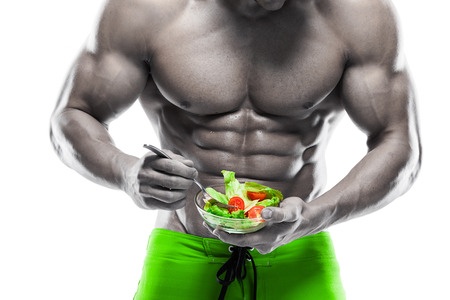Do you feel sore, tired or sluggish after a workout? Many likely do and sometimes this is normal, but often it is because you are not eating properly, i.e., fueling the body. For example, you compete as a bodybuilder or college soccer player. After a hard practice, your legs or upper body may feel tired, sore, heavy, or sluggish. You just cannot seem to keep perked up. Then, the next day, during strength training or sprints, you just are unable to give it 100%.
Let’s examine the problem. Do you drink plenty of water and may even sip on sports drinks during practice? Despite this you still feel tired or sluggish after the workout. So, what do you need to do to improve your recovery and performance? It’s not just about protein drinks after the workout.
Just like your training, you need to set goals for what we term ‘recovery nutrition.’ These goals are simple and include three primary goals:
- Restore lost electrolytes and fluids perspired during your workout;
- Replace muscle fuel (carbohydrates) burned during exercise. Do not be afraid to consume carbs because fat burns in a carbohydrate flame; and
- Provide protein to promote muscle repair and growth. But, it’s not just about drinking protein after a workout.
The Process
You should be aware that when you exercise, the primary source of energy used by your body is carbohydrates. After burning through what is readily available in your bloodstream, your body moves on to your stored carbohydrates — these are the glycogen stored in your muscles and liver. You have a limited amount of glycogen stored in your body, although it is often sufficient to get you through a typical practice or split routine such as sprinting or running as part of your fat-burning program that you may perform early in the day. Then, what when you need to be in the gym the same afternoon and you haven’t replaced the carbohydrate stores you lost earlier — heavy/sore muscles, fatigue, injuries, and the overall feeling that you are “running out of gas”?
Advertisement: Amazon (click on photo for more info)

Give it time
Recovery is an all-day process! It takes between 24 to 48 hours to fully replace your glycogen stores. Within 30 to 60 minutes after exercise, your body can synthesize glycogen from the carbohydrates you eat at a much faster rate. Therefore you need to eat something about 40 minutes after the workout. Also, your heart rate and blood pressure are elevated thus, nutrients are delivered to your muscles and cells more rapidly.
Fuel your Muscles
Your body also uses the carbohydrates and protein you eat during this window of opportunity to help prevent further muscle breakdown. Your body also has a hormonal response to carbohydrates during this period and changes from muscle breakdown to muscle building. This is why it is important to take advantage of quick-digesting, simple carbohydrates and liquids (e.g., chocolate milk or smoothies) immediately after practice. The ideal timing is 35 to 45 minutes after your activity. Then, your goal should be to follow this with a well-balanced meal within four hours – no later!
Eating for Optimal Recovery
What we term ‘recovery nutrition’ should include carbohydrates (this replaces spent glycogen), protein (to repair muscle and tissues damage caused by the stress of exercise – the more intense the exercise, the greater the stress), and fluids (to hydrate and re-hydrate). An ideal fuel would be one that contains about half of your body weight in grams of carbohydrates (e.g., if you weigh 160 pounds, aim for 80 grams of carbohydrates); supplement this with about 15-30 grams of protein – a 5:1 to 3:1 ratio of carbs to protein. If you have a low appetite after exercising, a liquid food/protein drink option may be the best place to start but, don’t always go after the liquid protein.
Examples of good recovery snacks:
- Apple or banana with peanut butter and low-fat milk;
- Fruit and yogurt smoothie;
- Graham crackers with peanut butter and low-fat milk;
- Greek yogurt with fruit;
- Low-fat chocolate milk;
- Peanut butter and honey on whole wheat bread; or
- Trail mix, including nuts and dried fruits, and a sports drink.
Following up your recovery snack with well-balanced meals throughout the day is ideal.
Examples good recovery meals:
- Baked fish with brown rice and mixed vegetables;
- Grilled chicken with salad greens and low-fat dressing – add a whole-wheat roll; substitute broccoli for salad;
- Grilled chicken with a small baked sweet potato and green beans or asparagus;
- Ham and cheese sandwich with broccoli and ‘Silk’ chocolate milk;
- Turkey sandwich on whole-wheat bread with a glass of low-fat milk and an apple;;
- Two scrambled eggs with two pieces of whole-wheat toast (add honey), and small portion of mixed berries; or
- Whole-wheat pasta with marinara or tomato-based meat sauce made (use lean meat), and a side salad.
If you fuel for recovery properly, you can overcome many of those sluggish, tired feeling days and improve your performance whether for speed or muscle built. Have a happy and healthy day.







